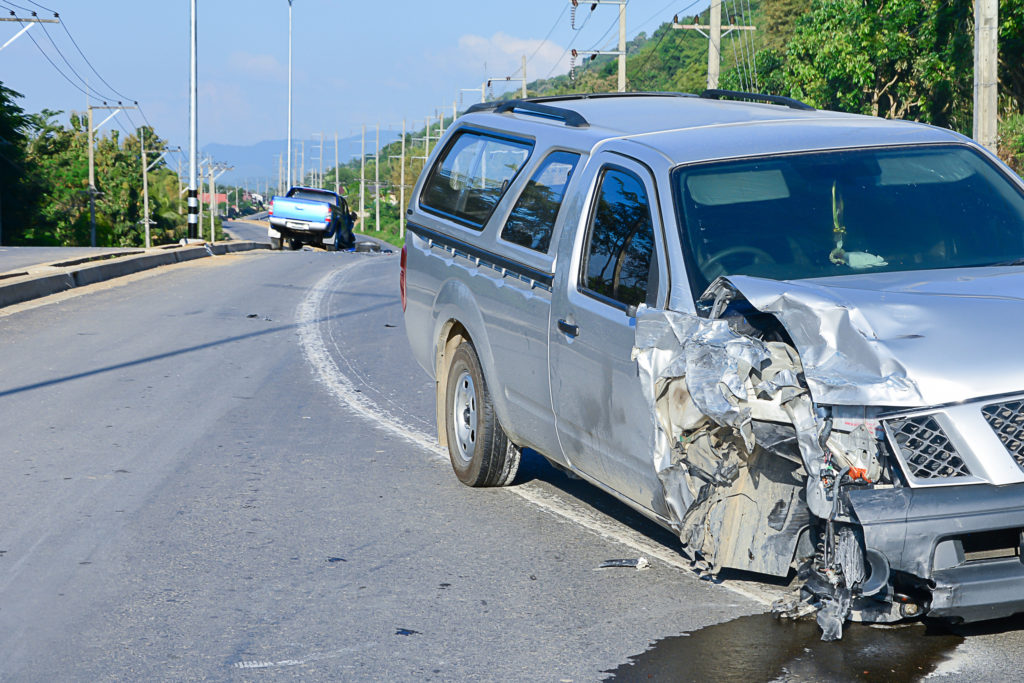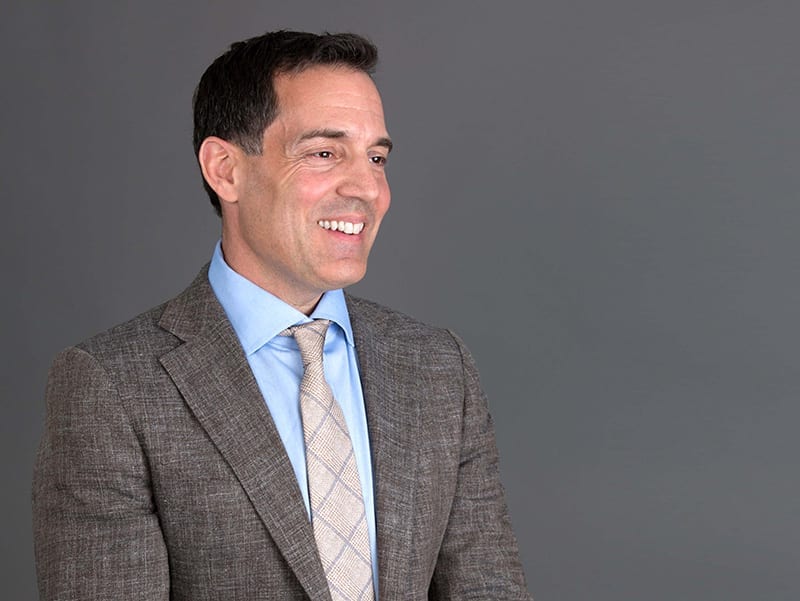01 Jul How Do I Sue After Getting in a Hit & Run Accident?
Hit-and-runs are one of the most frustrating kinds of motor vehicle accidents. Typically, regardless of the circumstances of an accident ranging from mild to severe, all parties involved will find a place to pull over and handle the matter. Information is explained and a police report can be made. This not only opens the line of communication for vehicle damages to be covered, but makes it possible for anyone who is injured to get the medical treatment needed.
In a hit-and-run accident, you are abandoned, and left to figure everything out on your own. After a hit-and-run accident, injured victims and their families often face an uphill battle trying to recover damages that cover the extent of their losses. While these situations are more complex than a typical car accident, it is possible to receive compensation for those injuries.

Why Hit-and-run Accidents Occur
Hit-and-run accidents occur when a driver leaves the scene of an accident without providing any identifying information and rendering reasonable assistance to victims of the accident. Even if the accident does not appear to cause injuries, drivers must still stop and, at minimum, exchange insurance information. The failure to stop and provide information and assistance can leave individuals not at fault in a really difficult position. Even short delays in medical treatment can have lifelong impacts on accident victims.
There are many reasons a person may flee the scene of an accident. A driver may not know they hit an individual, but this is unlikely. The large majority of the time this is an intentional action. More common is that the driver is either impaired, uninsured, unlicensed, has a warrant out, or is engaged in illegal behavior. However, panic and other similar reasons are not enough to avoid liability for the accident and subsequent fleeing.
What To Do After Being in a Hit-and-run Accident
One thing you should not do is try and chase the driver who hit you. If you chase the driver who hit you, you are putting yourself in an even more dangerous situation. First thing you should do is Call 911. Any time you are in an accident it is essential to call the police. But this is especially important for a hit and run so that a police report can be made and will benefit you should you need to make a claim with your insurance company. You should also tell the police to call an ambulance if you are feeling any pain so you can get medical treatment as soon as possible.
Once the authorities are contacted, you’ll want to record any information possible. Any kind of details are helpful, but if possible it would be especially helpful if you remember some or all of the license plate number. Additionally, write down the model, make and color of the vehicle. If you are able, record the damages on your car. It is very important to get good pictures from multiple angles. Sometimes the color of the car that hit you can be seen on dents and scratches of your car, make sure that is seen clearly.
Finally, see if there are witnesses in the area. The more information the better and witnesses can back up your story. They may even notice a detail that you weren’t able to notice. Make sure that witness information is recorded in the police report. If you were involved in a hit and run in a parking lot, investigate to see if there were any security cameras that may have recorded the incident.
The Next Steps
After you have recorded the information and gotten the initial medical treatment you needed, you should then contact your insurance company and file a claim. If you have collision coverage you should get reimbursed, but these types of accidents can often be complicated. This is why you need an experienced lawyer to help you. An attorney experienced in hit-and-run accidents has the insight to use the details surrounding your accident to gain the full compensation needed as a result of the accident.

About the Author
Steven Palermo is the managing partner for Palermo Law, Long Island’s Personal Injury Law Firm. He has been helping people receive compensation for their injuries for over 21 years. He focuses on cases involving car accidents, truck accidents, construction accidents and slip and fall injuries.
His book The Ultimate Guide to Handling New York Car Accident Claims details the ins and outs of a car accident claim in a simple, easy-to-read manner.

